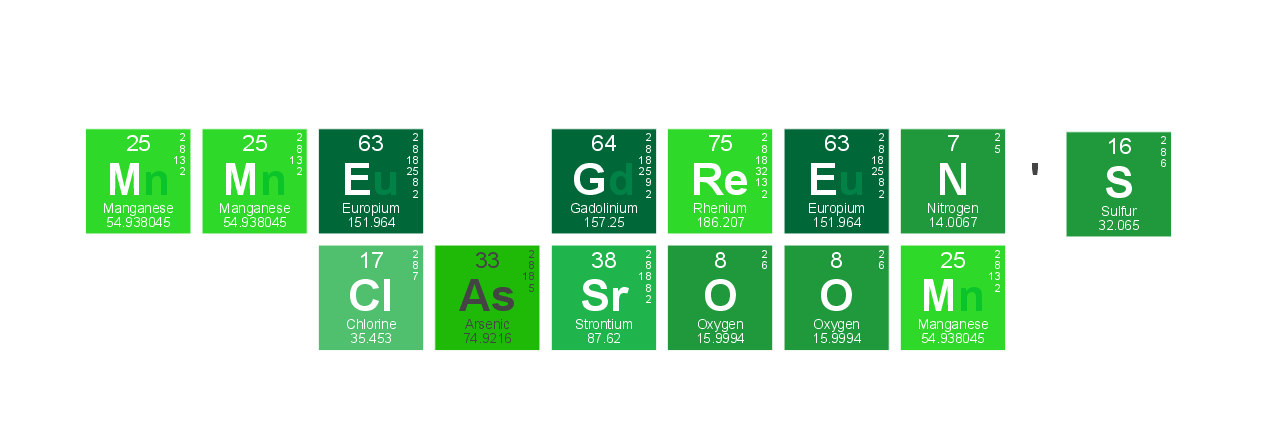My science classes have had some pretty amazing opportunities over the past two years. One of the highlights of last year was Skyping with Major Jeremy Hansen on Earth Day. (See more HERE).
With a new start to the school year my students have been diving into learning about the scientific method. We have been learning about Jeremy Hansen's training in preparation for an amazing adventure under the sea with NEEMO (NASA Extreme Environment Mission Operations).
Jeremy put a call out to people to come up with some experiments he can do "under pressure".
Jeremy put a call out to people to come up with some experiments he can do "under pressure".
@Astro_Jeremy @csa_asc My class has come up with a few good ideas! We will be sending you them ASAP! Do you have gummy bears under the sea?
— Alberta Sci Teacher (@AmandaGMerriman) September 5, 2014
@Astro_Jeremy @AmandaGMerriman @csa_asc Some of our more hardy divers have already been diving there! #Gummy pic.twitter.com/SGGKaq6T8N
— Angelina (@LiNa8294) September 6, 2014
So here is the experiment. We measured the length of a gummy bear and then placed it in a baggy of water. I normally do this in a petri-dish or bowl but we were thinking that if this experiment to be run with as little equipment as possible. We measured the bear every half an hour for a three hour period. If I were to do this again I would perhaps measure once an hour for half of a day. We decided to only do the experiment with tap water instead of both tap water and salt water because it would make it more complicated to do aboard Aquarius, although the results would be interesting. Finally we would compare the growth/size of our observations here on dry land and on Aquarius after the same amount of time.
 |
| After 2 hours |
 |
| After 3 hours |
The applications of these observations are important as we use these concepts when we look at agriculture, water purification, and the needs to the human body. These are all vital to learning how to expand our reach into the universe.
Read more about:







No comments:
Post a Comment